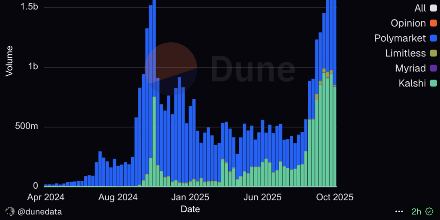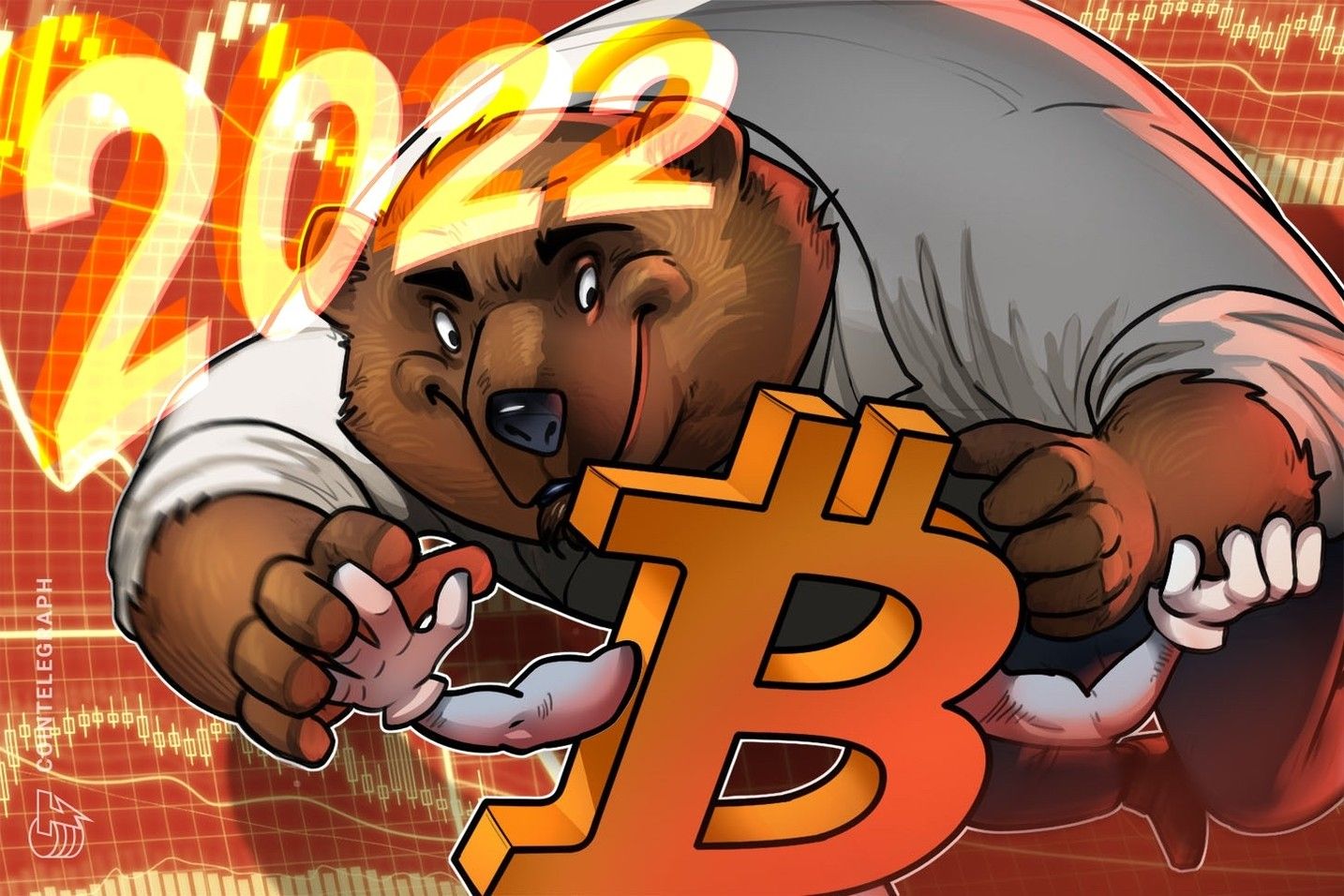Polygon’s POL eyes rally ahead of Heimdall v2 mainnet launch on July 10
Polygon’s POL token is seeing renewed momentum just a day before the Heimdall v2 mainnet upgrade, set for July 10.
At press time, Polygon ( POL ) is trading at $0.2001, up 7% in the past 24 hours and 11% over the past week. Trading volume has jumped 71.4% to $92 million, with derivatives volume up 67.87% to $83.75 million, as per Coinglass data . Open interest has also climbed 10.98%, now standing at $98.7 million. These figures point to increased activity in both the spot and derivatives network.
The upcoming upgrade marks a significant step in Polygon’s roadmap. Since Polygon proof-of-stake launched in 2020, Heimdall v2 has been “the most technically complex hard fork,” according to co-founder Sandeep Nailwal. It updates the consensus layer from Tendermint and Cosmos-SDK v0.37 to CometBFT and Cosmos-SDK v0.50.
Heimdall v2 also removes legacy code from 2018–2019, cutting technical debt and making the network easier to maintain. The new CometBFT consensus layer improves security, stability, and traceability, key features for applications in regulated sectors.
The upgrade supports Polygon’s effort to scale PoS throughput to 1,000 transactions per second in July, with an eventual target of over 5,000 TPS by October via AggLayer .
The mainnet upgrade is scheduled to take place between 2:00 PM and 5:00 PM UTC at block height 24,404,500. For post-fork compatibility, node operators have been instructed to switch to Heimdall v1.2.5 or fallback to version 1.2.4. Finality may lag by up to 3 hours during the migration, so dApps are encouraged to temporarily raise confirmation thresholds.
The update was successfully deployed on the Amoy testnet on June 24, giving the team confidence that the transition would proceed smoothly. Two significant improvements that were tested include PIP-62 and PIP-44, which are focused on dependency handling and genesis state import.
On the daily chart, POL is showing early signs of a breakout. The token has surpassed both the 20-day exponential moving average at $0.1686 and the 20-day simple moving average at $0.1823. The Bollinger Bands are starting to widen, suggesting increased volatility ahead. The intraday break of the upper band, which is at $0.1960, indicates upward momentum.
 POL price analysis. Credit: crypto.news
POL price analysis. Credit: crypto.news
At 56.78, the relative strength index is getting close to overbought territory but still has room to rise further. If bulls hold above the $0.196 resistance-turned-support, POL might retest the $0.22–$0.24 range. On the downside, the price might drop back to the lower Bollinger Band, which is at $0.168, if $0.19 is not held.
Price action may still depend on network stability and the successful rollout on July 10th, even though technical indicators suggest a bullish outlook.
Disclaimer: The content of this article solely reflects the author's opinion and does not represent the platform in any capacity. This article is not intended to serve as a reference for making investment decisions.
You may also like
OracleX Global Public Beta: Restructuring Prediction Market Incentive Mechanisms with "Proof of Behavior Contribution"
OracleX is a decentralized prediction platform based on the POC protocol. It addresses pain points in the prediction market through a dual-token model and a contribution reward mechanism, aiming to build a collective intelligence decision-making ecosystem. Summary generated by Mars AI The content of this summary is produced by the Mars AI model, and its accuracy and completeness are still being iteratively improved.

Bitcoin is not "digital gold"—it is the global base currency of the AI era
The article refutes the argument that bitcoin will be replaced, highlighting bitcoin's unique value as a protocol layer, including its network effects, immutability, and potential as a global settlement layer. It also explores new opportunities for bitcoin in the AI era. Summary generated by Mars AI. This summary was produced by the Mars AI model, and the accuracy and completeness of its content are still being iteratively improved.

Bitcoin 2022 bear market correlation hits 98% as ETFs add $220M

Fed rate-cut bets surge: Can Bitcoin finally break $91K to go higher?

